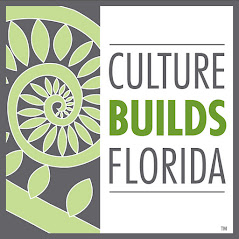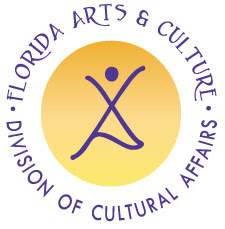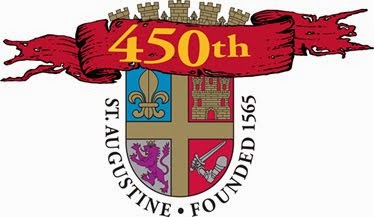Friday, May 2, 2014
Tampa art museum seeking $850,000 in U.S. tax credits - posted by FFAB
Tampa art museum seeking $850,000 in U.S. tax credits
By Kevin Wiatrowski | Tribune Staff
TAMPA — The Tampa Museum of Art hopes to land an injection of cash from a federal tax credit program intended to boost investment in low-income neighborhoods.
Museum officials are asking the Tampa City Council for permission to use their 50-year lease of the city-owned museum as collateral for the New Markets Tax Credit, a federal program that encourages private investment in struggling areas.
The funding is technically a loan but it will be forgiven after the seven-year life of the tax credits, said Michael Qualizza, chief financial officer with the Urban Development Fund.
Museum officials expect to get about $850,000 through the tax credit program, said museum spokeswoman Nancy Kipnis. They’ll use the money to pay off some short-term debt and finance new exhibitions, she said.
“These exhibitions often require significant down payments anywhere from two to four years before the exhibition premieres in Tampa,” Kipnis said.
Putting the lease up as collateral is a requirement of the application, she said.
The mortgage guarantees the creditors get paid in case the museum should default, said Sal Territo, an assistant city attorney.
The art museum is the latest Tampa cultural venue to seek money through the tax credit program.
The Florida Aquarium used the same program last year to secure $1 million for its $15 million “Rising Tides” expansion project.
Before that, the Tampa Bay History Center landed New Markets Tax Credit financing in 2012 to cover the cost of two exhibits. In downtown, the company turning Tampa’s old federal courthouse into a boutique hotel also qualified for tax credit investment in 2012.
The Glazer Children’s Museum, which sits next to the art museum on the south side of Curtis Hixon Waterfront Park, was also built in part with New Markets Tax Credit financing.
All those previous projects were approved when federal officials were still using 2000 Census figures to estimate the income for the areas where the projects sat. Back then, households in the Channelside area — home to the aquarium and history center — had a median income of $30,000. Today’s, after years of residential construction, that figure is about $96,000.
Similarly, downtown Tampa had a median income of less than $12,000 in 2000. About half its 600 residents lived in the Morgan Street Jail. Today, the median income is just over $56,000 and several thousand people live in high-rise apartments and condos.
Kipnis said the museum has based its application on income figures from 2010, which show downtown’s households had a median income of $34,000.
By reducing the museum’s debt, the tax credit income could help it to bring its books more into balance. The museum’s latest publicly available tax filing in 2012 showed it operating with a deficit of more than $405,000.
The same document shows the museum owed about $2.5 million in debt payments, which made up the bulk of its $3 million in expenses.
Grants from the government and other sources accounted for about half the museum’s $2.6 million in revenue that year. It reported less than $90,000 in income from memberships.
Subscribe to:
Post Comments (Atom)










No comments:
Post a Comment